Across the United States, wildlife diversity is vast; among this diversity, several species stand out for their particular fondness for sweet foods. From fruits and nectars to human-provided sugary treats, these animals naturally prefer sweetness. This article compiles a complete list of US animals known for their sweet-tooth, shedding light on their dietary choices and the implications of their sugary indulgences.
1. Black Bears
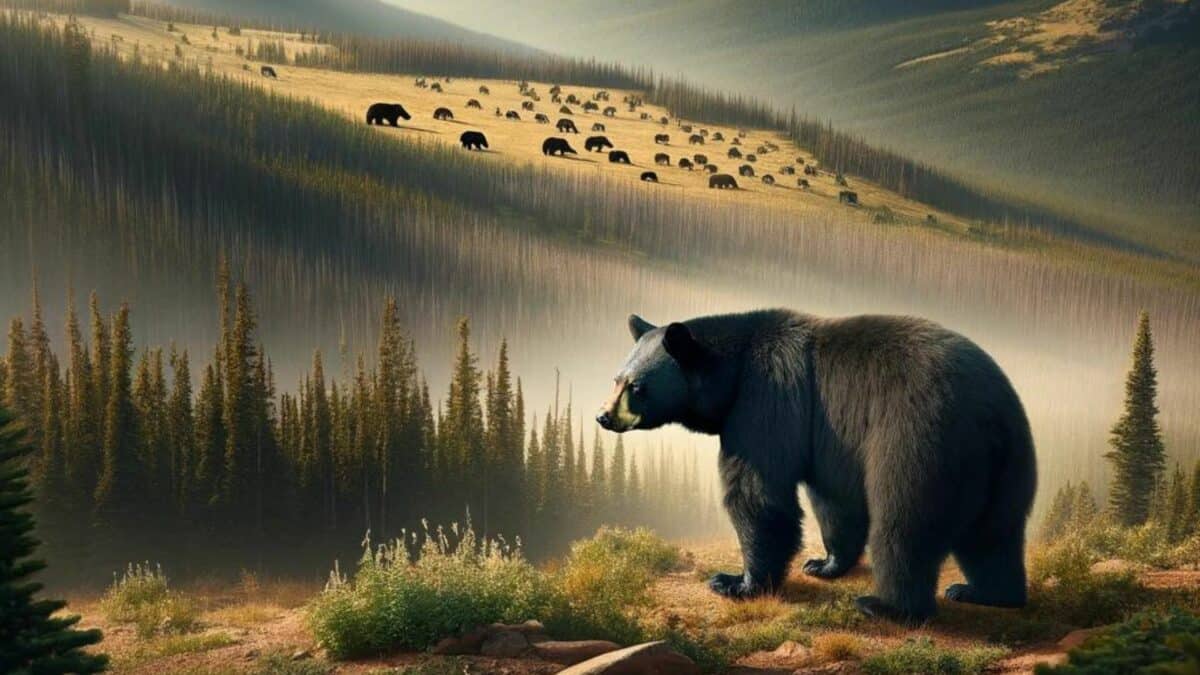
Black bears top the list with their well-documented love for sweetness. Their natural diet includes many fruits, berries, and honey, showcasing their preference for natural sugars. However, in areas close to human habitation, black bears are also known to seek out garbage, campsites, and bird feeders in search of sugary snacks, leading to potential conflicts with humans.
2. Raccoons
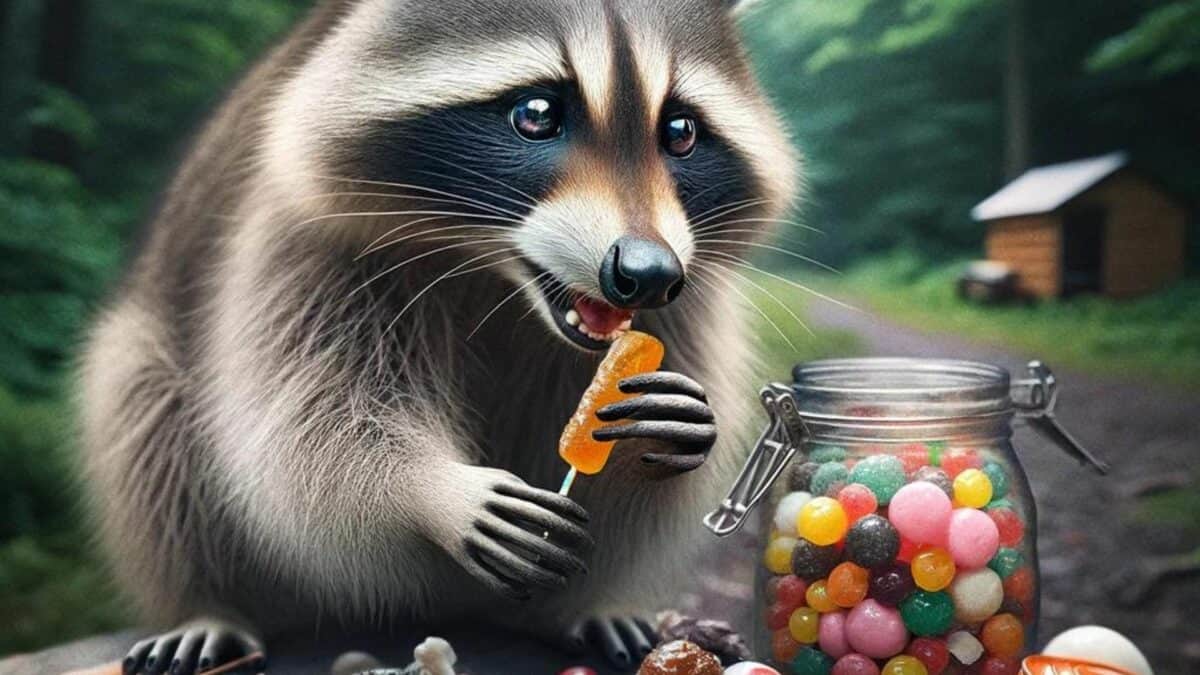
Raccoons are infamous for their dietary flexibility and have a penchant for sweet foods. These nocturnal foragers often raid trash cans, gardens, and outdoor feeding stations, attracted by the smell of ripe fruits, sugary snacks, and even soft drinks left unattended.
3. Hummingbirds
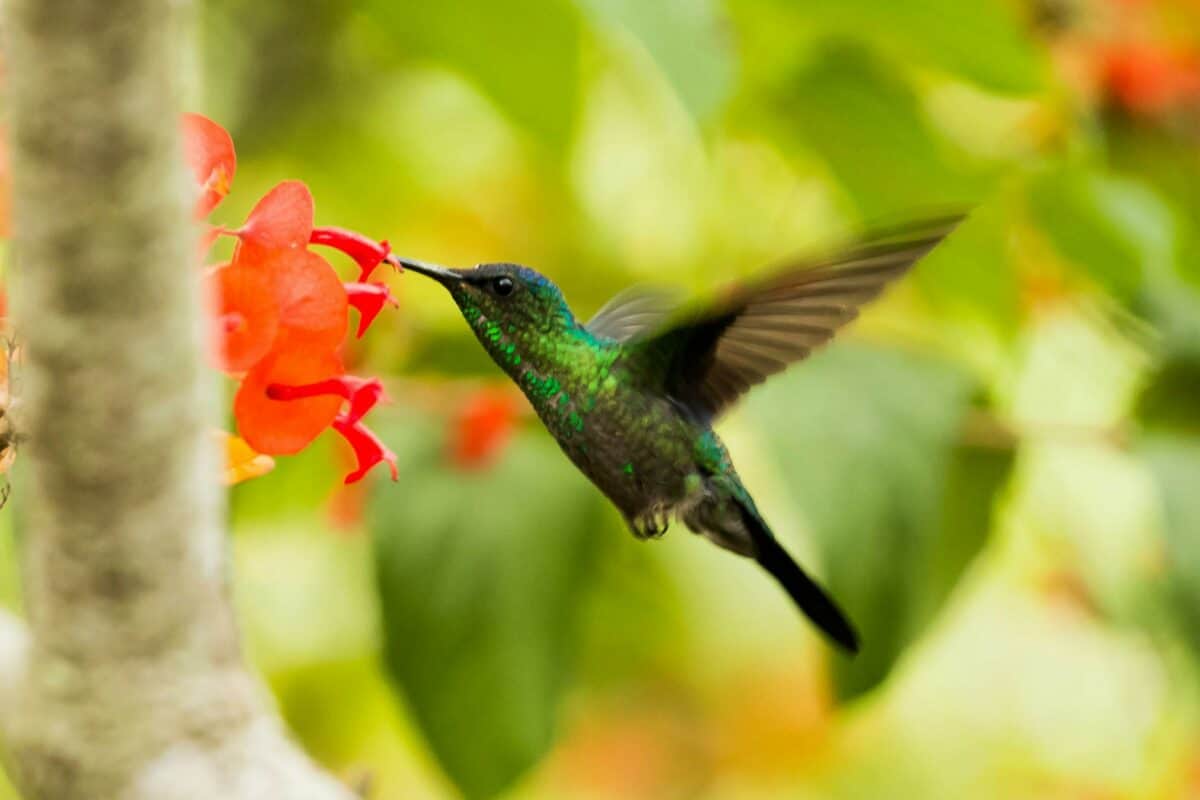
With their high metabolism, Hummingbirds rely heavily on the sugar found in flower nectar to fuel their energy needs. These tiny birds are attracted to the sweetness of nectar, which provides the essential calories needed to sustain their rapid wing flapping during flight. Hummingbird feeders, filled with sugar water, are a testament to their sweet preferences.
4. Squirrels

Squirrels, particularly those accustomed to urban environments, have demonstrated a surprising fondness for sweets. While their natural diet consists mainly of nuts, seeds, and fruits, urban squirrels have been observed seeking out and enjoying sugary foods provided by humans, from candy bars to sweetened beverages.
5. Bats
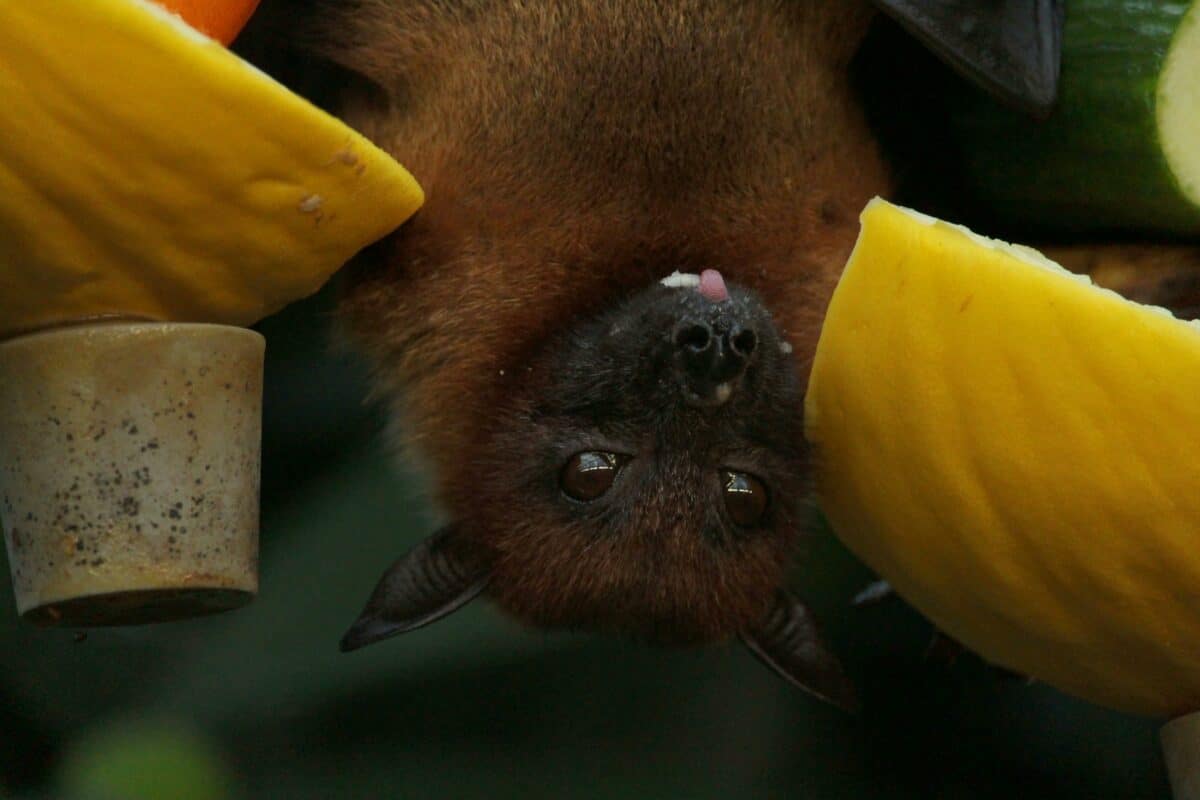
Certain species of bats, especially those in the fruit bat category, have diets that revolve around sweet fruits and nectar. These bats play a crucial role in pollination and seed dispersal for many fruit-bearing plants and trees, indicating their natural inclination towards sweet food sources.
6. Ants
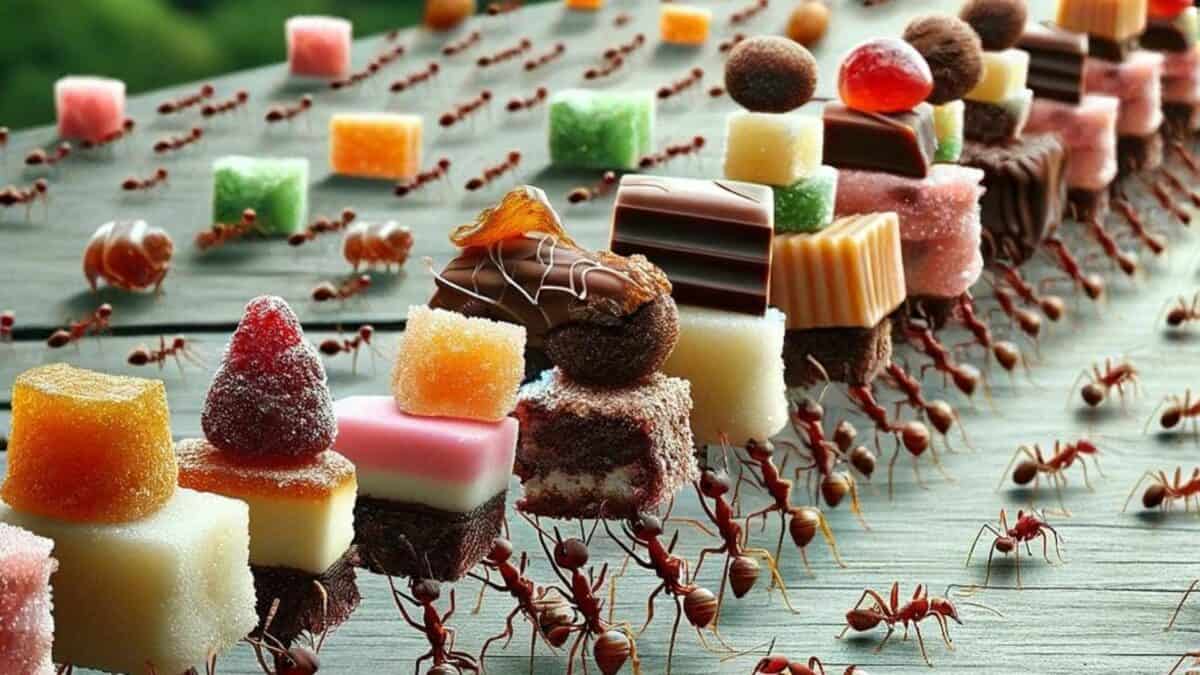
Ants, particularly those species like the carpenter ant, have a well-known attraction to sweetness. Their diet often includes the consumption of honeydew, a sweet substance produced by aphids, and any sugary foods they can find within human dwellings.
7. Skunks
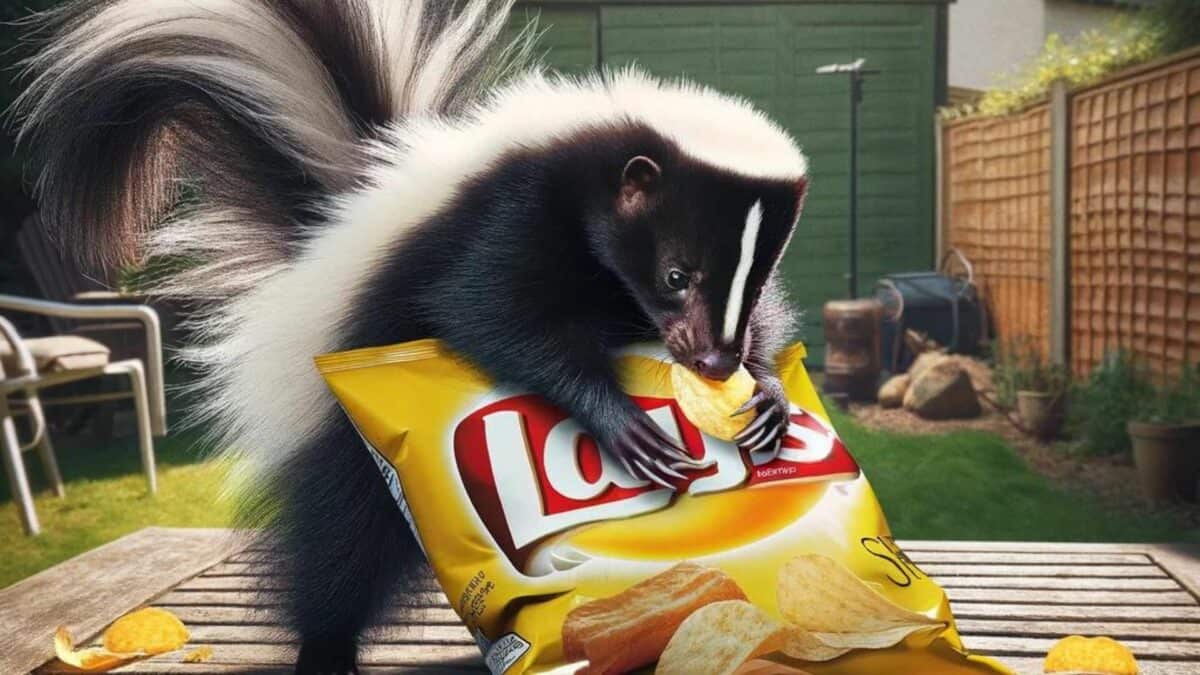
Skunks have varied diets but prefer sweet fruits and berries when available. Their nocturnal foraging often leads them to gardens and wild berry patches, where they can indulge in their favorite sugary treats.
Implications of Sweet Diets on Wildlife
While the preference for sweet foods can seem harmless or even endearing, it’s important to note that sugary foods provided by humans are unsuitable for wildlife. Feeding wild animals can lead to unhealthy dependencies, alter their natural foraging behaviors, and increase the likelihood of human-wildlife conflicts. It’s crucial to enjoy observing these animals from a distance and ensure that our actions don’t inadvertently harm their health and well-being.
Conclusion
In conclusion, the diversity of US animals with sweet-tooth highlights the complexity of wildlife dietary preferences and the importance of understanding our impact on their natural behaviors. Lastly, by appreciating these animals from afar and minimizing human-induced alterations to their diets, we can contribute to the balance and health of ecosystems across the United States.
Let me know if you think I missed any US animal with a Sweet-tooth in the comments!
Next Up:
Join our Forum for free today!

